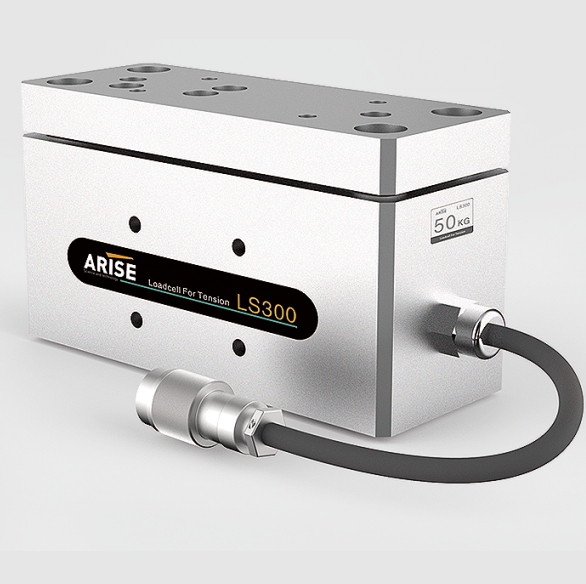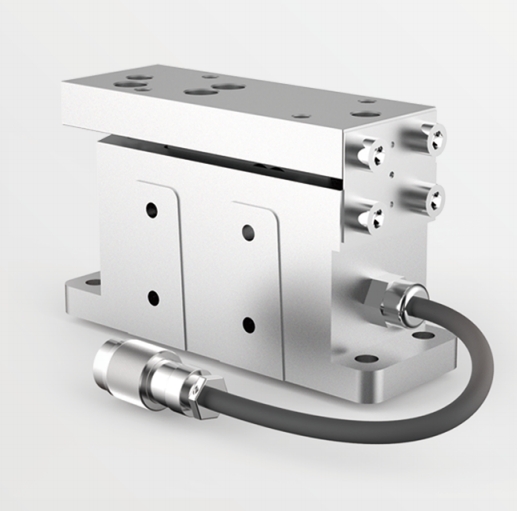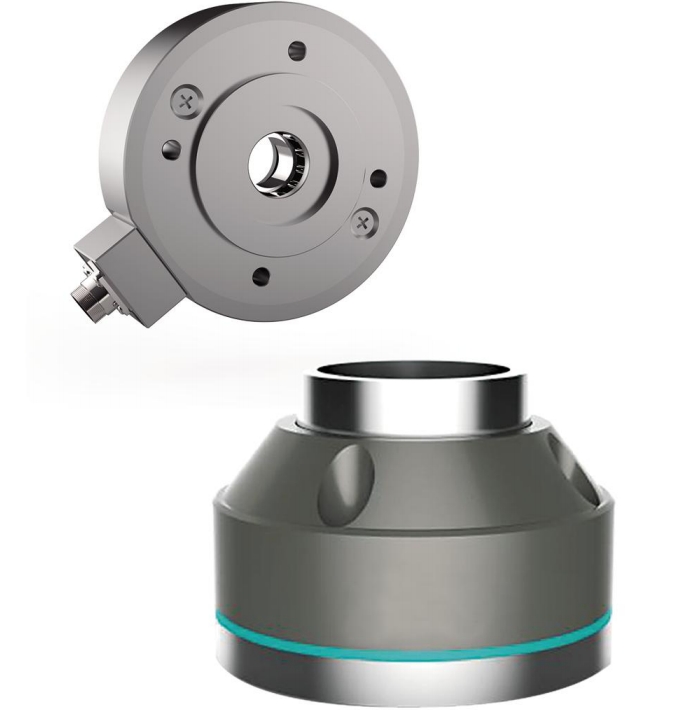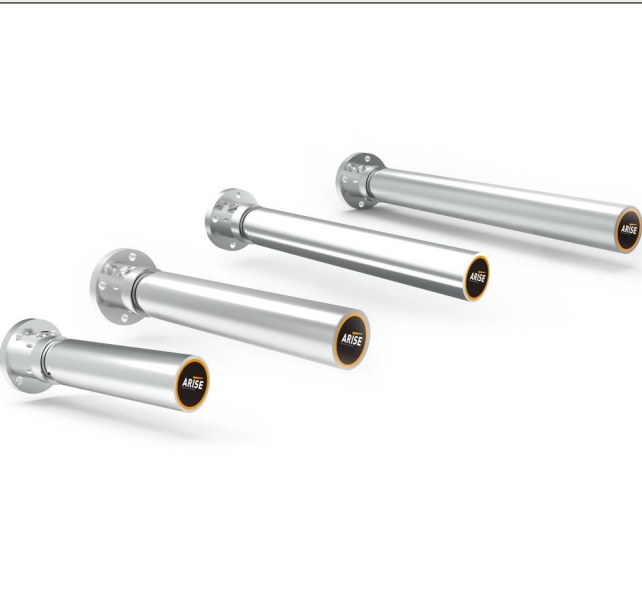What are Different Types of Tension Sensors and How to Select the Right Type
In industries where precise tension control is paramount, tension sensors serve as indispensable tools. These sensors come in various types, each suited to specific applications and environments. However, selecting the right type of tension sensor can be a daunting task. In this article, we explore the different types of tension sensors available and provide guidelines for selecting the most suitable option for your needs.

Types of Tension Sensors
1. Strain Gauge Sensors
Strain gauge tension sensors are among the most common types. They operate on the principle of resistance change due to mechanical strain. When subjected to tension, compression, or bending, the strain gauge deforms, altering its resistance, which is then measured to determine the applied force or tension. These sensors are versatile and find applications in load cells, force measurement systems, and material testing machines.

2. Load Cells
Load cells are specialized tension sensors designed to measure force or weight. They are commonly used in industrial scales, tension measurement systems, and force monitoring applications. Load cells come in various configurations, including hydraulic, pneumatic, and strain gauge types. They offer high accuracy and reliability, making them indispensable in industries where precise force measurement is essential.
3. Capacitive Tension Sensors
Capacitive tension sensors utilize changes in capacitance to measure tension. They consist of two conductive plates separated by a dielectric material. When subjected to tension, the distance between the plates changes, resulting in a variation in capacitance. This change is then detected and converted into a measurable output. Capacitive tension sensors are ideal for applications requiring non-contact and high-resolution tension measurement, such as in textile manufacturing and web handling processes.
4. Optical Tension Sensors
Optical tension sensors employ light-based techniques to measure tension. They utilize principles such as light reflection, interference, or absorption to detect changes in material properties caused by tension. Optical tension sensors offer advantages such as high sensitivity, non-intrusiveness, and suitability for high-speed applications. They find applications in industries like paper manufacturing, printing, and film production, where precise tension control is critical for quality assurance.
5. Magnetic Tension Sensors
Magnetic tension sensors utilize magnetic fields to measure tension indirectly. They often involve the use of magnets, Hall effect sensors, or magnetic encoders to detect changes in the position or movement of tensioned materials. Magnetic tension sensors are suitable for harsh environments where other sensor types may be impractical due to factors like dust, moisture, or high temperatures. They are used in industries such as mining, construction, and automotive manufacturing.
6. Piezoelectric Tension Sensors
Piezoelectric tension sensors convert mechanical deformation into electrical signals. When subjected to tension, piezoelectric materials generate a voltage proportional to the applied force, allowing for precise tension measurement. These sensors offer high sensitivity and fast response times, making them suitable for dynamic tension measurement applications like vibration analysis, structural health monitoring, and biomechanics research.

A Step-by-step Guide to Select the Right Type of Tension Sensors
1. Understand Your Application Requirements
Start by clearly defining the requirements of your application. Consider factors such as:
- Desired accuracy: How precise does the tension measurement need to be?
- Range of tension: What is the minimum and maximum tension levels that need to be measured?
- Speed of measurement: Do you require real-time monitoring or can measurements be taken intermittently?
- Environmental conditions: Will the sensor be exposed to extremes of temperature, humidity, or other environmental factors?
- Compatibility: Ensure the sensor is compatible with your existing equipment and systems.
2. Familiarize Yourself with Different Types of Tension Sensors
Research and understand the various types of tension sensors available, such as strain gauge sensors, load cells, capacitive tension sensors, magnetic tension sensors, etc. Each type has its own set of characteristics, advantages, limitations and applications.
3. Evaluate Sensor Characteristics
Once you have a good understanding of the different types of tension sensors, evaluate their characteristics such as:
- Sensitivity: How accurately can the sensor detect changes in tension?
- Resolution: What is the smallest increment of tension that the sensor can measure?
- Response time: How quickly does the sensor respond to changes in tension?
- Durability: Is the sensor robust enough to withstand the conditions of your application?
- Calibration requirements: How often does the sensor need to be calibrated to maintain accuracy?
4. Consider Environmental Factors
Take into account the environmental conditions in which the sensor will operate. Factors such as temperature, humidity, vibration, and exposure to dust or chemicals can impact sensor performance. Choose a sensor that is designed to withstand these conditions.
5. Assess Installation and Mounting Requirements
Consider the installation and mounting options available for each type of sensor. Ensure that the sensor can be installed in a way that provides accurate and reliable measurements while also considering factors such as space constraints and accessibility.
6. Evaluate Cost and Maintenance
Compare the cost of different types of sensors, taking into account not just the initial purchase price but also any ongoing maintenance costs. Consider factors such as the lifespan of the sensor, the availability of replacement parts, and the ease of calibration and servicing.
7. Seek Expert Advice if Needed
If you’re unsure about which type of tension sensor is best suited for your application, don’t hesitate to seek advice from experts or consult with manufacturers and suppliers. They can provide valuable insights and help you make an informed decision.

Conclusion
Selecting the right type of tension sensor is crucial for achieving accurate and reliable tension measurement in various industrial applications. Through understanding the different types of tension sensors available and considering factors such as application requirements, sensor characteristics, environmental conditions, installation options, etc, you can make an informed decision to meet your specific needs.


